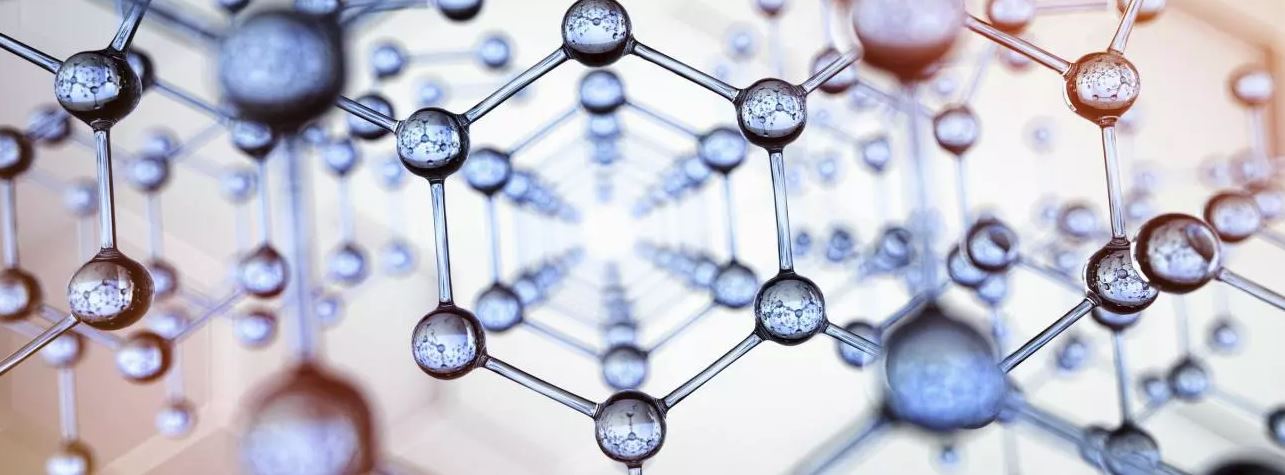
What is spectroscopy?
Spectroscopy was discovered in 1666 by Isaac Newton who used the word spectrum to refer to all the colors that form part of the rainbow, which are obtained by passing light from the sun through a prism. Subsequently, this gave rise to spectroscopy, which is known as the study of the amount of light in an object through the interaction of electromagnetic radiation with matter. In other words, it studies spectra (the graphical representation of radiation in the matter).
In spectroscopy we can find two types of spectra:
- Absorption spectroscopy: this is a phenomenon induced by the presence of photons.
- Emission spectroscopy: these atoms at room temperature are in a fundamental state.
The study of spectroscopy deals with the breakdown of light and the measurement of the different wavelengths, whether visible or non-visible light.
One of the most common non-ionizing electromagnetic radiations is that which measures infrared radiation. Infrared spectroscopy is spectroscopy in this area. Infrared radiation is often used in the food industry to analyze the quality of food.
Processes found within spectroscopy
The interaction found between radiation and matter is spectroscopy. This interaction encompasses 3 kinds of processes:
- Absorption of radiation = in this process, one passes from a fundamental state to an excited state.
- Emission of light = here the reverse process of radiation absorption takes place, producing a photon (a particle of light energy).
- Scattering = once the matter has been bound the radiation changes direction. In addition, scattering can be of two types:
- Elastic scattering = does not produce any change in the photon.
- Inelastic scattering = does produce a change in the photon.
Atomic spectroscopic methods= this type of medical method is characterized by absorption and mission spectra, unlike the molecular method, which is only capable of absorption spectra.

Mass spectrometry is a method of separating a molecule. In the same way, we can know the molecular weight. In the same way as normal mass spectrometry, it can be divided into atomic mass spectrometry and molecular mass spectrometry. In addition to this type of spectrometry, we can also find ultraviolet and visible spectroscopy, which is the measurement of the absorption of electromagnetic radiation between the ultraviolet and the visible region.